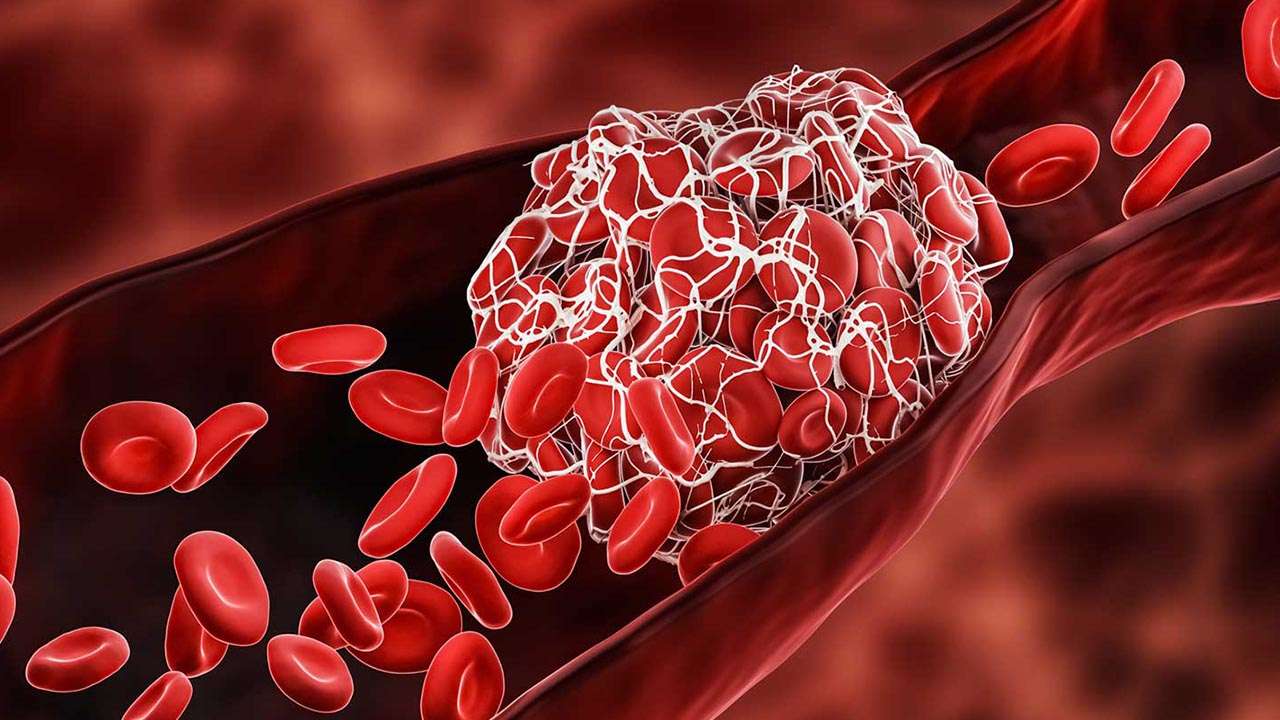Hypercoagulability: An abnormally high tendency of blood to clot (abnormal blood clotting) and it’s caused by alterations in the normal physiological coagulation factors or cascade that clots the blood. What are the most common symptoms of abnormal blood clotting? Here are some major complications caused by abnormal blood clots that are a major threat to your vascular health:
1. Thrombosis
Thrombosis occurs when a blood clot blocks veins or arteries. Hypercoagulability, endothelial injury or turbulent blood flow leads to thrombosis. Thrombi may propagate, resolve, become organized or embolize (mobile) which further leads to risks for your vascular health, and cardiovascular, neurological, and renal disorders. Venous, arterial or cardiac thrombosis are the most worrisome because of its potential to cause death if left untreated.
2. Embolism
Infarction or tissue disorders can be caused due to a detached intravascular mass known as an embolus. This embolus is carried to a distant site from the point of origin through blood, to cause infarction. The phenomenon is called an embolism.
Vascular surgeons use the term THROMBOEMBOLISM because the majority of emboli are derived from dislodged thrombi.
3. Pulmonary Thromboembolism
The common form of Thromboembolic Disease can be caused by Pulmonary Emboli. Prior to the arrest of Thrombus in the pulmonary vessels, it is carried through the right side of the heart. The process of carrying Thrombus is done through larger channels. When a large embolus blocks a major pulmonary artery it can cause sudden death. Common arteriolar embolization sites target lower extremities and the CNS and have a high morbidity rate.
4. Infarction
An infarct is characterized by an area of ischemic necrosis which is caused by occlusion of vascular supply due to abnormal blood clotting to the affected tissue. Infarction primarily affects the heart and brain and is an important cause of clinical illness. Here are 5 tips to prevent pathological blood clots.
5. Disseminated Intravascular Coagulation (DIC)
DIC is widespread thrombosis within the microcirculation that can be of sudden onset. It can be called consumptive coagulopathy (coagulation disorder). A patient can observe bleeding along with excessive clotting at the same time.




